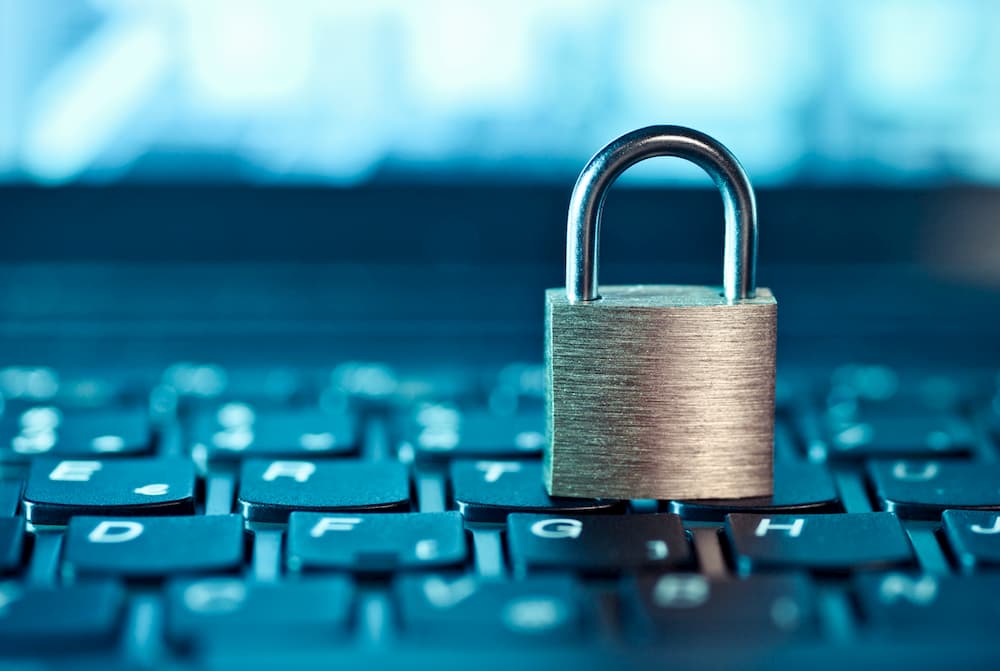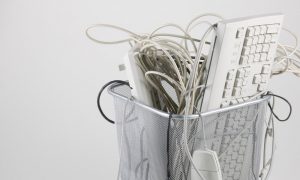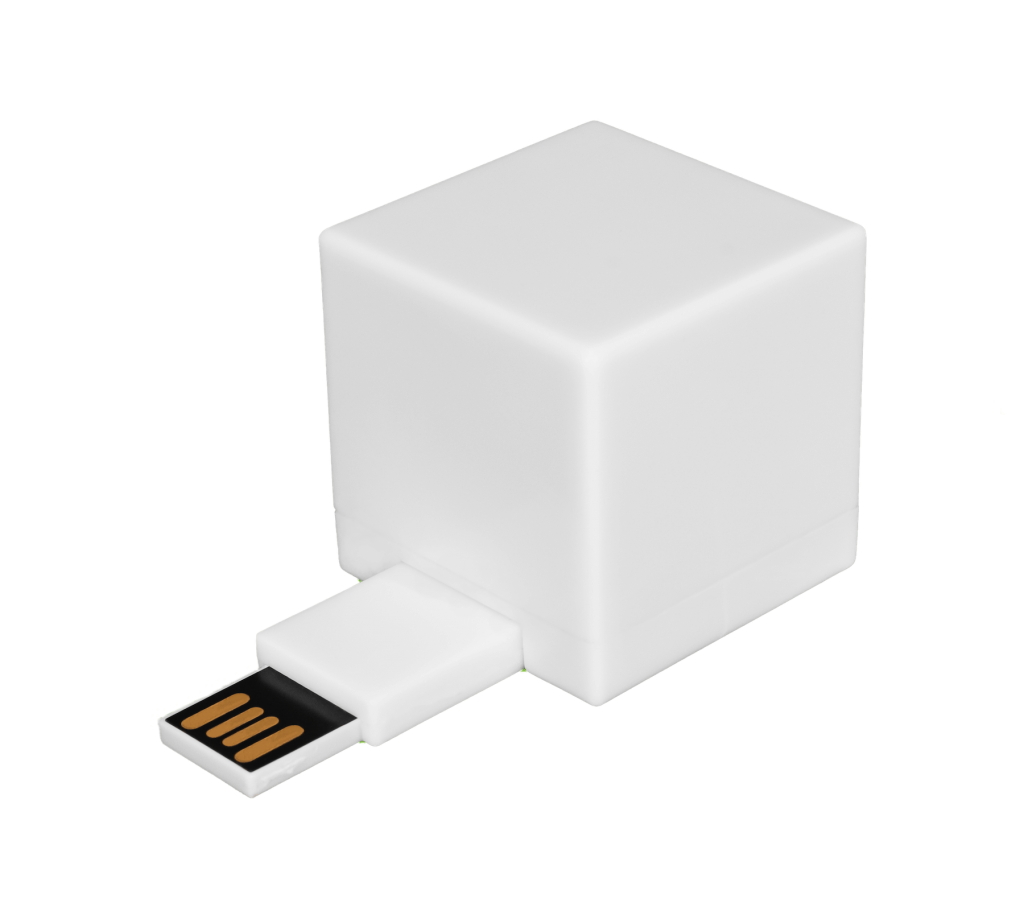It’s an exciting time when you find out you get to move from working at the office to working from home. You have visions of days spent working in your pajamas dancing through your head. You’ve already set aside a specific work area and read all the articles about staying productive while you work from home. There is a schedule in place that neatly outlines your remote work hours and personal life hours, and you’ve discussed it with family, so they understand the importance of your space during working hours.
One thing you might not have considered is the safety of the increased files on your computer or the information on a company laptop while you work from home. You need to make sure your at-home network is as secure as the network at your office. The statistics for cyber-attacks and their cost to businesses is a little daunting.
In 2019, the experts estimate that there were more than 2,000,000 cyber-attacks around the world, and the costs of these attacks exceeded $45 billion in losses. You don’t want lax security at your home office to be the reason that your company shares a similar fate. The Online Trust Alliance (OTA) believes that around 95 percent of the attacks in 2018 could have been avoided by using common sense and reasonable security software. But where do you start? How do work from home securely? Here are a few tips to get you started as you begin to work from home.
1. Keep Your Work Devices Segregated While you work from home
It can be tempting to allow your spouse or a guest to your home to use your work hardware. If they just need to check their email or verify a phone number, you know they just need a few minutes on your company laptop. Don’t allow it. You want to keep your work devices separate from any other devices in your home and refuse to allow anyone else to use them.
Of course, your daughter or Aunt Cathy isn’t industrial spies or cyber-criminal out to control the world. However, they can undo the security measure that you have in place, such as releasing a phishing virus or other viruses and malware. So it’s important to keep this in mind so that you can work from home securely.
2. Passwords and Protection
Passwords are important for remote work. From your WiFi password to the one that logs onto your tablet, you need to take great care of your passwords. You want to have a unique password for each account and device. It’s easy to use the same password for everything but that just makes it easier for cyber-criminals to hack your network and steal files and more.
You should routinely change all of your passwords while you work from home. It’s beneficial to change them at least once a quarter and set up the program so that you can’t repeat passwords during a year period. This makes it more difficult for someone to “guess” your password.
Two-factor authorization is growing in popularity for its added layer of security. This system requires you to present two pieces of evidence that you’re meant to see a file or work on a desktop computer. The first piece of evidence is almost always your password while the second item can be a variety of things.
3. Update Your Software
Let’s face it. Updating your software can be a hassle. You’re in the middle of an important report and a notification pops up that you need to update your software. Fortunately, the pop-up makes it a snap to delay updating. Well, actually, you shouldn’t delay updating your software, especially your security programs.
If you get a notification that a software update is available for your security program, then you need to stop and make the updates. You might think software that doesn’t provide security doesn’t require immediate update but it does. Some of these programs have built-in security, and you want to make sure it’s up to date. So even though it can be a hassle, make sure to be updating your software while you work from home.
Don’t get automatic updates? Then you need to schedule at least one day a month to check for updates and execute them. When you have security software, the updates are made as new threats occur, making the update crucial to protecting your home office.
4. Be Extra Mindful of Emails
Emails are one of the easiest ways for hackers to gain access to your network or to get you to give up the information you normally wouldn’t share. Every morning, when you start work, there can be dozens of emails waiting on you. These emails come from other people you work with, clients, suppliers, prospective clients, and strangers.
Since these emails came to your work account, you feel bound to open and read each one even when you don’t recognize the name or email address. This is where a hacker can get you. You need to be very mindful about clicking links in an email and avoid them if you don’t recognize the sender. This will make your work at home much more secure.
5. VPNs
VPNs are also important for remote work. You might consider setting up a virtual private network (VPN) on your home network to create an additional layer of security. If you ever do any of your work at a coffee shop or local hang out, you’ll definitely need to use a VPN to protect your company and its files.
A VPN creates a private network across a public one. It allows you to send and receive files on a private network. Sometimes, this privacy is created through encryption. A VPN allows you safe access to your company’s applications and files no matter where you work from. They can use a variety of methods for authentication, such as passwords and certificates, to ensure your permission to access your company’s computers and databases.
6. Firewalls
Your firewall monitors and controls all traffic that comes into and flows out of your computer network. It follows a strict set of rules. Anyone trying to get past your firewall must have the authentication protocols for the firewall. You want to ensure that you have a firewall up and running on your system before you start working from home. Firewalls are basic cybersecurity.
There are three basic types of firewalls. These security devices can come from either hardware or software. You can also opt to create a proxy firewall that acts as an intermediary between your network and those on the outside of it.
7. Follow Your Company’s Policies
Your company probably already has security policies in place. It can be anything from the frequency of updates to the strength of a password. You want to make sure that you’ve read your company’s policies and adhering to all the rules. You don’t want to be the cause of a breach because you weren’t informed and went against company policy. If you have questions, you should immediately ask a manager or information technology (IT) specialist.
8. Report Any Breaches or Anything Suspicious
If the worst does happen and you think your home network and hardware have been hacked or infiltrated, you need to send up a red flag immediately. Hopefully, your company already has a protocol in place for such an incident. If it doesn’t, you should immediately notify your direct supervisor and your company’s IT department.
You want to stop using any hardware until someone can make a determination on its safe usage. It might be something as small as a virus or as serious as a data breach with records stolen. Either way, a quick reaction on your part can help limit the damage.
9. FILE STORAGE AND BACK-UPS

More and more companies are storing files and backup programs in the cloud. Whether your company uses cloud storage or its own servers, you need to make sure that you’re storing files where your company wants you to store them throughout your remote work. You don’t want to keep a thumb drive in your drawer with back-up files unless that’s how your IT department wants you to do it.
If there’s ever a problem with a data breach, you want to show that you’ve been using the company approved data storage. For the most part, this storage will have security levels that you can’t offer on your own network, making it even safer than storing the information on your home network. This also ensures that your company has access to the files that you’re working on and any reports you complete. They can also allow other employees to access your work product as needed.
10. Stay Up to Date on Security Risks
Cybercriminals are always creating new ways to infiltrate systems and make money. You need to stay up to date on the latest viruses and threats to your network. This includes security software to protect against the latest threats. It’s a good idea to subscribe to a website that discusses cyber threats and keeps up with current events.
If you hear of a new threat, you can contact your company’s IT department to ensure that you’re protected. It can also help you notice that’s something wrong if you’re attacked with the latest phishing scam.
We want to help you work from home securely. At Shred Cube, we know how important it is to you and your company that you keep your files safe when your employees begin to work at home. See how the Shred Cube is helping remote workers to be secure and protected from cyber-attacks.











